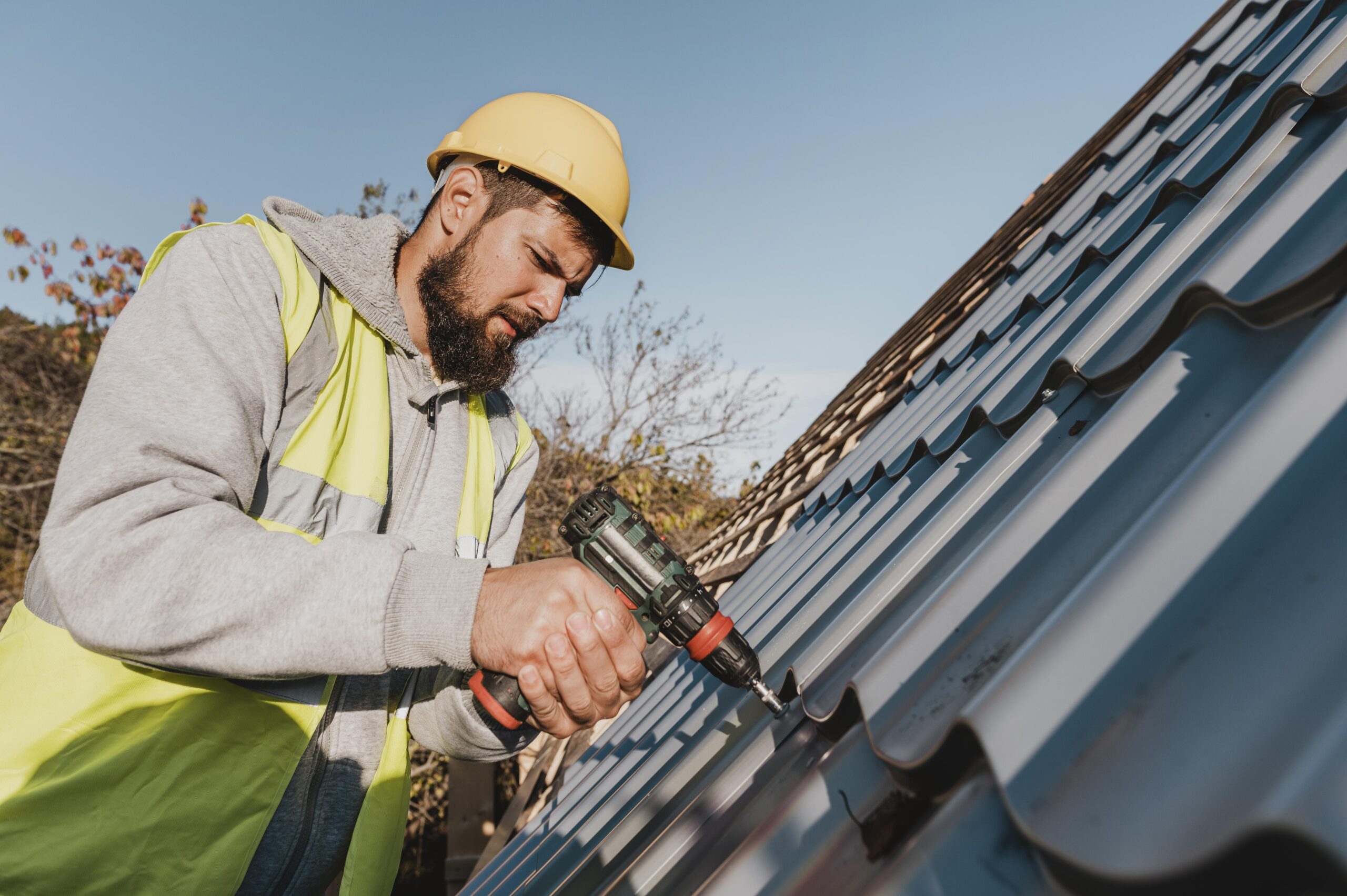Cost Factors to Take Into Consideration for Your Future Roofing System Replacement Job
When embarking on a roofing system substitute task, recognizing the numerous price factors is important for reliable budgeting. Secret factors to consider consist of the choice of roof covering materials, which not just impact preliminary expenses but additionally lasting resilience, along with labor costs driven by the competence of specialists and local wage criteria. The complexities of your roof covering layout can lead to unforeseen boosts in both materials and labor. As you start to review these aspects, it is essential to additionally check out the often forgotten facets that might dramatically affect your overall expense.
Roofing Material Choices

Asphalt shingles are amongst one of the most common choices due to their affordability and convenience of installation. However, they may need substitute earlier than other products, affecting lasting expenses. Steel roof, while originally a lot more pricey, boasts phenomenal longevity and can last decades with very little maintenance, making it an affordable alternative in time

Last but not least, wood trembles use an all-natural visual however require regular upkeep to avoid rot and pest damage, possibly raising future expenditures. Eventually, picking the ideal roof material is an essential decision that affects not only the instant budget plan yet also the future monetary ramifications of roof maintenance and replacement.
Labor Costs and Earnings
The proficiency and skill of roof specialists significantly influence the general expense of a roofing substitute job. Labor costs normally make up a significant section of the total expense, varying based on the experience and reputation of the professional. Very proficient workers regulate greater incomes as a result of their training and efficiency in implementing complex roof covering tasks.
Numerous factors add to labor costs, including regional wage rates, the need for roof covering solutions, and the seasonality of the building and construction market. In metropolitan locations or places with a high expense of living, labor rates have a tendency to be elevated - roof replacement. Additionally, throughout peak periods, when the need for roof solutions rises, contractors may boost their prices appropriately
A more experienced team might work a lot more effectively, potentially lowering labor hours and overall expenses. Investing in proficient labor can lead to an extra durable and trusted roof, ultimately saving expenses on future repairs.
Roofing System Design Intricacy
Roofing style intricacy plays an important role in internet determining the general price of a roof substitute project. The intricacy of a roof covering's layout straight impacts labor requirements, material choices, and task duration. Extra complex roofing system designs, such as multi-gabled or vaulted structures, usually demand additional labor hours and specialized abilities, boosting overall costs.
Furthermore, the type and quantity of materials called for can vary substantially based upon the roof's geometry. As an example, roof coverings with steep inclines or special architectural attributes might call for custom-cut materials, which can be a lot more pricey than typical options. Furthermore, the possibility for enhanced waste during installation should be taken into consideration, as elaborate layouts might bring about greater product costs.
Furthermore, complicated roofing systems can position safety and security difficulties for service providers, requiring improved precaution and equipment, which might further blow up labor expenses. These variables underscore the relevance of thoroughly assessing your roofing system's layout complexity when budgeting for a substitute.
Inevitably, home owners need to work together closely with their roofer to fully comprehend how design intricacy will certainly influence their task's monetary extent, making certain educated decisions that align with both visual choices and financial constraints.
Permits and Rules
Browsing licenses and laws is a critical aspect of any type of visit their website roof covering substitute project that can dramatically influence overall prices and timelines. Prior to commencing work, house owners should make certain conformity with local building ordinance, which might vary by municipality. These codes commonly dictate architectural demands, roof materials, and also visual considerations, specifically in historic areas.
Obtaining the needed permits is not just a lawful responsibility but can additionally prevent pricey fines and project hold-ups. Typically, the application process entails sending detailed strategies and specifications, along with paying linked fees. Depending upon the complexity of the project, examinations might be called for at various stages, adding to the timeline and labor prices.
Furthermore, some regions might have certain laws worrying power performance, which can demand making use of specific products or techniques that might be more expensive upfront however yield long-term cost savings. Involving with a certified specialist who recognizes with regional policies can streamline this procedure and help mitigate threats. Ultimately, understanding and attending to license and regulatory demands early in the drawing board can assist in a roofing company smoother, much more affordable roof replacement project.
Hidden Costs and Backups
Anticipating concealed expenses and contingencies is crucial for home owners planning a roof covering replacement, as these expenditures can quickly escalate the preliminary budget. While the estimated cost might cover the visible aspects of the project, unexpected variables frequently develop, necessitating added financial allocation.
One typical hidden price is the discovery of underlying structural damage during the elimination of the old roofing system. Issues such as rot, mold and mildew, or worn-out sheathing can call for prompt interest, bring about raised labor and product prices. Furthermore, if your home has several layers of roofing, the expenditure of removal can be substantially greater than anticipated.
One more element to think about is the cost of materials. Rates can change based upon market conditions, and unexpected shortages might necessitate last-minute substitutions, possibly affecting the spending plan. Moreover, if weather problems postpone the task, extra labor costs might accumulate.
To minimize these dangers, it is prudent to establish aside a backup fund-- commonly 10-20% of the overall job expense. This fund can give a financial buffer against unpredicted expenditures, guaranteeing that your roof covering substitute job continues smoothly and within budget plan. Appropriate preparation and insight will certainly assist property owners navigate these complexities efficiently.
Conclusion
In conclusion, a thorough understanding of cost elements is essential for a reliable roof substitute job. The choice of roof covering materials, labor prices, and the intricacy of the roofing style dramatically influence the overall spending plan. In addition, conformity with licenses and regulations, along with the recognition of surprise expenses and the facility of a contingency fund, makes sure preparedness for unpredicted expenditures. By resolving these aspects, property owners can achieve a successful and monetarily workable roof covering job.